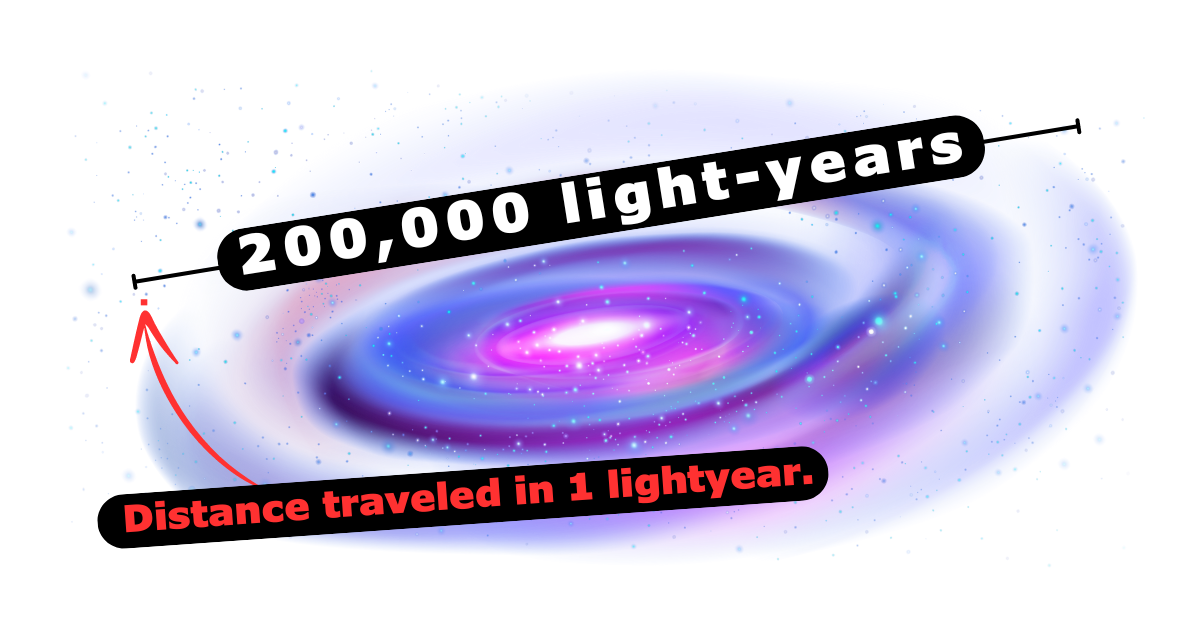Wormholes…
You know those cool space tunnels people jump through in the movies?
They make the impossible seem possible—adding a huge fun-factor to the story.
But… Are these things even possible?
To understand how a wormhole would work, we have to recognize the concept of the “space-time” continuum (don’t worry, it’s actually pretty easy).
Imagine a big blanket held at the edges, like this👇
Now…
Pretend this blanket represents our galaxy and every spot on this blanket is a different point in “space.” Like this 👇
Physicists think about time as a fourth dimension, but let’s keep it simple…
Since you can’t move through space—from one place to another—without time passing, when you travel from place to place, you’re moving through both space and time—thus the “space-time” continuum.
Now that we’ve cleared that up, here’s something mind-blowing…
We can bend the space-time continuum…
Yup! If we toss a heavy bowling ball into the center of our blanket, what happens?
It bends the blanket…
Toss in some tennis balls and watch what happens…
The lighter, smaller tennis balls move towards the heavier bowling ball…
The bowling ball’s size and weight is bending the space-time continuum and pulling the smaller objects into its orbit.
Now that we know how to bend the space-time continuum, we can apply that concept to wormholes…
Let’s put Rex on one end of the galaxy and his dog Peebs on the other…
Our galaxy (the Milky Way) is roughly 200,000 light-years in diameter… A single light-year is around 6 trillion miles—yes, trillion with a “T.”
Can we reunite Rex and Peebs by regular travel? Not a chance!
What if we bend the space-time continuum?
If we bend the blanket (the galaxy) and bring our two far-off locations closer together, we can create a major shortcut in space and time…
A wormhole, in essence, is a tunnel connecting one place in space to another—brought on bending the space-time continuum.
Don’t get too excited, big guy!
As far as we know, this isn’t possible.
While mathematical models say it’s theoretically possible, there’s a major limitation making the existence of wormholes highly improbable.
You see, the amount of energy needed to keep a wormhole open is astronomical…
It has to fight the universe’s gravity to stay open…
Do do this, something called “negative energy” is needed… A f**k ton of it!
And unfortunately, as far as scientists know, “negative energy” can only be made in small amounts—way too small to keep a wormhole from collapsing.
For now, wormholes remain a thing of science fiction and the theoretical physicist’s white whale 🤷
Thanks for reading… See ya next time!
If you know someone who would enjoy receiving WhatWhyHow, please share it HERE. If it was forwarded to you by a friend, subscribe below 👇























